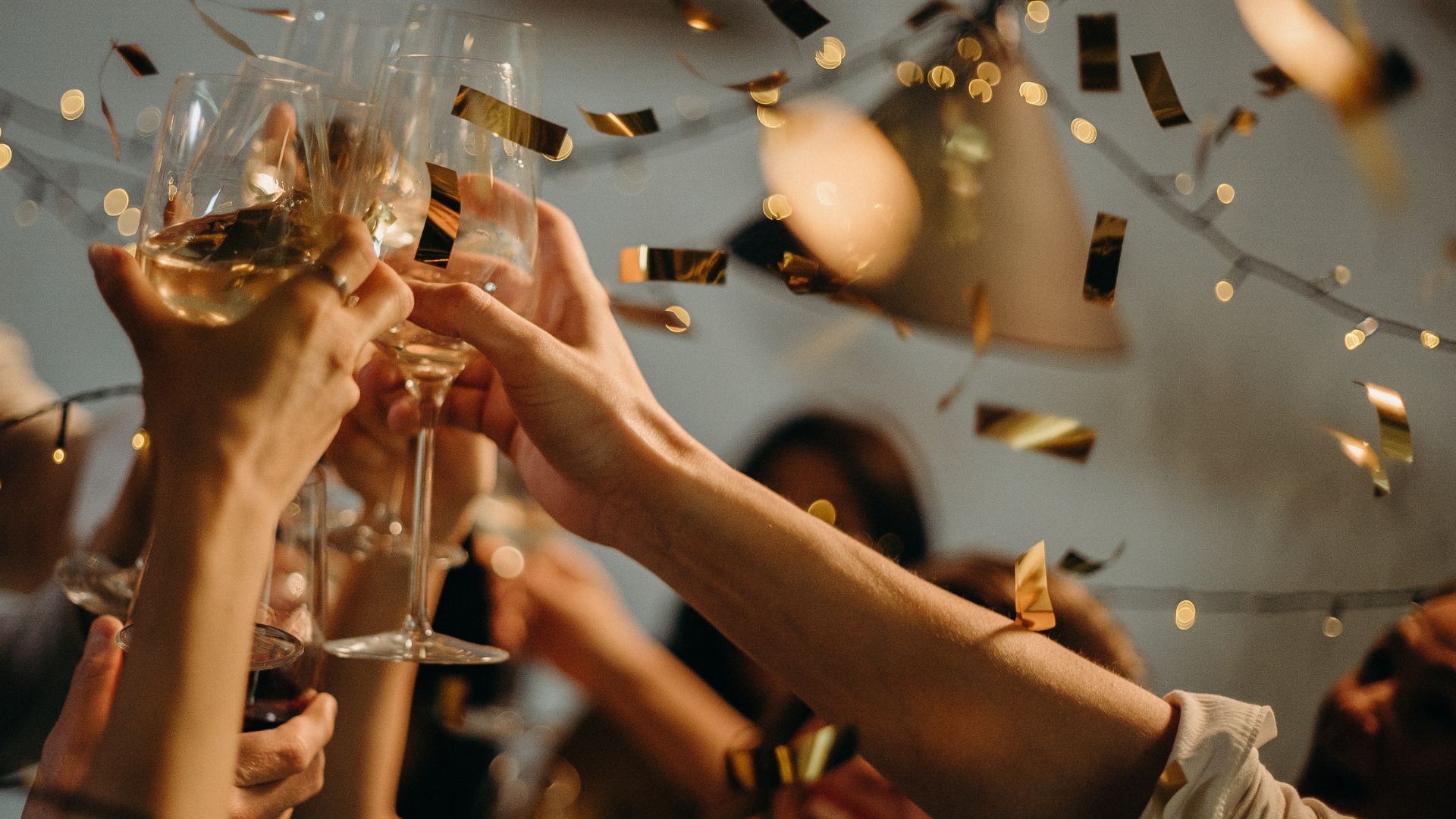Why do we clink glasses when we toast?
When we toast, we clink glasses, even though we know that, according to wine etiquette, it shouldn't be done because it's considered inelegant. It's such an iconic and widespread gesture, almost automatic, that we forget about the prohibition and, therefore, we start "clashing" glasses.
Now that the Christmas holidays are approaching and, therefore, so many toasts, we want to reveal a curiosity to you. Have you ever wondered: why do we clink glasses during a toast? What is the origin and meaning of this ritual? Why is this ritual so widespread? Where does it come from?
Continue reading our article to discover the answers to these questions.
Why do we clink glasses in a toast?
Over time, the act of clinking glasses when toasting has taken on different motivations and functions. In other words, in the past, glasses were clinked for different reasons than today. In fact, the ritual has taken on different meanings over the ages.
Let's start with the origins of toasting.
1. Glasses were clinked during the toast as an act of trust and safety
The practice of clashing glasses during the toast was born as an act of trust and safety, to safeguard the health and life of the participants in this ritual. Strange, right?
In Ancient Rome, during banquets, people clinked glasses to make sure that no poison had been added to their glass! How?! Yes, that's right. After all, at the time, poisoning episodes were very common. To avoid a potentially deadly situation, people would violently clink their glass with that of their enemy so that a few drops would end up in the other's glass. Then, at the same time, they would drink the wine. In this way, they were guaranteed that no dangerous substance had been added to their glass. On the contrary, if the rival refused to drink the wine, it meant that there was poison in the glass.
In short, the toast was born as an act of safety and prevention from the danger of poisoning.
2. Glasses were clinked during the toast to ward off evil spirits
Over time, the toast has taken on other connotations and meanings.
In some tribes of the past, toasting was a ritual to ward off bad luck. In particular, it was believed that the noise generated by the “clash” between the glasses frightened and, therefore, warded off evil spirits, protecting the participants in the ritual.
This particular connotation of toasting has not completely disappeared, but is still present in some popular cultures and traditions.
3. Glasses are clinked during the toast as a symbol of unity and connection
Let's get to the modern meaning of the ritual. Let's take the etymology of the Italian word brindisi, which can be translated as toast. This term seems to derive from German, in particular from a word, bring dir's, introduced in the 16th century and used by the Lanzichenecchi, the mercenary soldiers of the German troops. "Bring dir's" meant "I bring something to or towards you", initially intended only as a form of greeting ("I bring you my greetings"). Later, bring dir's was used to accompany the act of bringing glasses to the guests during the toast, with the meaning of "I bring you the glass".
Toasting was interpreted as a symbolic act of union and friendship. Clinking glasses was a way to express contact and connection with the other, but also a way to wish health, happiness and well-being. A meaning and purpose completely different from the original one. Even today we clink glasses precisely as a gesture of sharing and good wishes.
It's interesting, isn't it? Did you know the origin of the toast and the evolution of the meaning of the act of toasting? We hope we have satisfied your curiosity.
If you liked our article and if you want to continue to receive news, updates and curiosities about the world of wine, subscribe to the Wineshop.it wine newsletter. Lots of content and offers await you!










